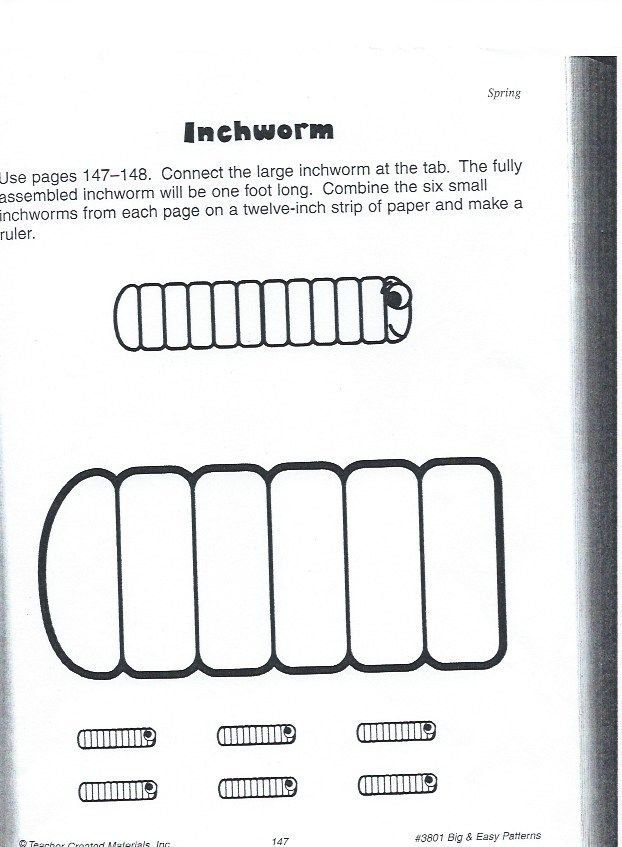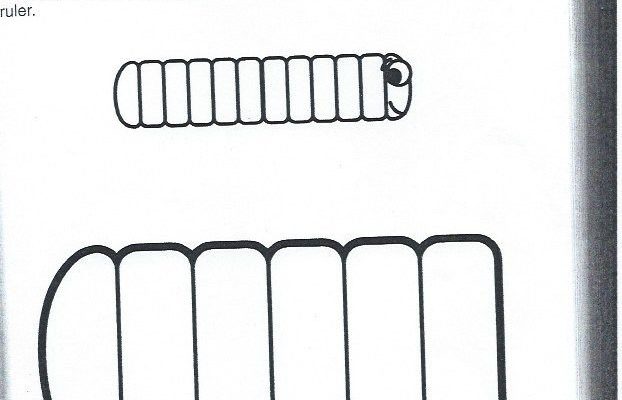
When you’re ready to document these intriguing creatures, you’re essentially becoming a scientist in your own right. Whether you’re working on a school project or just exploring nature, this guide will help you capture inchworm behavior in a meaningful way. You might be wondering how to start, what tools you’ll need, or what specific behaviors to look for. Let’s dive right in!
Gather Your Materials
To document inchworm behavior effectively, you’ll need a few key materials. Here’s what I recommend:
- A Notebook: This is where you’ll jot down observations, sketches, and thoughts. Think of it as your science journal.
- A Camera or Smartphone: You’ll want to capture images or videos of the inchworms in action. Trust me, those photos will come in handy later!
- Measuring Tools: A ruler or tape measure can help you note the inchworm’s size and the distance it travels.
- A Container: If you plan to observe them up close, a small container or terrarium will keep the inchworms safe and allow you to watch them without interruptions.
By gathering these materials before you start, you’ll be prepared to record everything you observe. Here’s the thing: documenting requires a bit of setup, but it pays off when you see the details come together.
Choosing Your Observation Location
Now that you have your materials, it’s time to find the perfect spot to observe inchworms. These little guys tend to hang out in gardens, forests, or even on your backyard plants. Look for areas where leaves are plentiful—just like a buffet for inchworms! Here are some tips on selecting a location:
1. **Choose Leafy Plants**: Look for trees or shrubs that have fresh leaves. Inchworms love munching on tender foliage.
2. **Check the Time of Day**: Early mornings or late afternoons are often the best times to see them moving about. They tend to be less active during the hottest parts of the day.
3. **Observe Different Habitats**: Don’t limit yourself to just one spot. Try observing inchworms in a few different locations to see if their behavior changes based on their environment.
Finding the right spot is like setting the stage for a show. The better your location, the more exciting your observations will be!
Behavior to Document
Now for the fun part: watching and documenting! Inchworms exhibit some unique behaviors that are super interesting to track. Here are a few key behaviors to focus on:
- Movement Patterns: Inchworms have a distinctive way of moving, often called “looping.” Watch how they pull their back legs to the front. This can be fascinating to observe!
- Feeding Habits: Pay attention to what they eat and how much they consume. Do they prefer certain leaves? Do they eat faster at different times?
- Camouflage Techniques: Notice how they blend in with their surroundings. This is a survival tactic that protects them from predators.
Each of these behaviors tells a part of the inchworm story. Keep your notebook handy to record your findings and take pictures to capture those moments!
Documenting Your Observations
Once you’re knee-deep in observing inchworms, it’s essential to document everything clearly and effectively. Here’s how to do it:
1. **Take Notes**: Write down the time, date, and weather conditions for each observation. This context can really help you understand the behavior patterns later.
2. **Capture Photos/Videos**: Use your camera or smartphone to document the inchworms in action. Focus on their movements, feeding, and where they’re resting.
3. **Sketch**: If you’re feeling artsy, draw what you see! Sketching can help you remember details and is fun to look back on later.
Documenting your observations is an essential step in your science project. It’s all about creating a clear picture that you can analyze and share with others later.
Analyzing Your Data
After you’ve collected your observations, it’s time to analyze the data. This stage is crucial for drawing conclusions and understanding what you’ve learned. Here’s how to go about it:
1. **Look for Patterns**: Review your notes and photos to spot any recurring behaviors. Do certain inchworms prefer particular plants? This could be an indication of their dietary preferences.
2. **Compare Different Locations**: If you observed inchworms in multiple spots, compare their behavior in each location. Did they act differently based on their environment?
3. **Draw Conclusions**: Based on what you’ve documented, what can you conclude about inchworm behavior? Write a summary of your findings. This is the part where your exploration turns into science!
Analyzing your data might feel a bit like solving a mystery. By looking closely at your notes, you’re piecing together clues about these little creatures.
Presenting Your Findings
Now that you have all your observations and analyses done, it’s time to share your findings. Presenting your work can be just as important as the research itself. Here are a few ways to do that:
- Create a Poster: Use visual elements like photos, sketches, and bullet points to highlight key findings.
- Write a Report: Craft a detailed report summarizing what you’ve learned about inchworms. Include your observations, analysis, and conclusions.
- Give a Presentation: If you’re sharing your project with a class or group, consider doing a short presentation. Visual aids can help engage your audience.
Presenting your findings is a chance to shine! It’s your moment to show off all the hard work you’ve put into documenting inchworm behavior.
Documenting inchworm behavior is a rewarding way to engage with nature and learn about these fascinating creatures. It combines observation, analysis, and creativity—like putting together a puzzle. By following the steps outlined above, you’ll not only have a solid science project, but you’ll also gain a deeper appreciation for the small wonders around you.
So grab your notebook, find those inchworms, and start documenting! Who knows what insights and surprises await? Remember, every little observation contributes to our understanding of the world, and your project could spark curiosity in others too! Happy observing!

